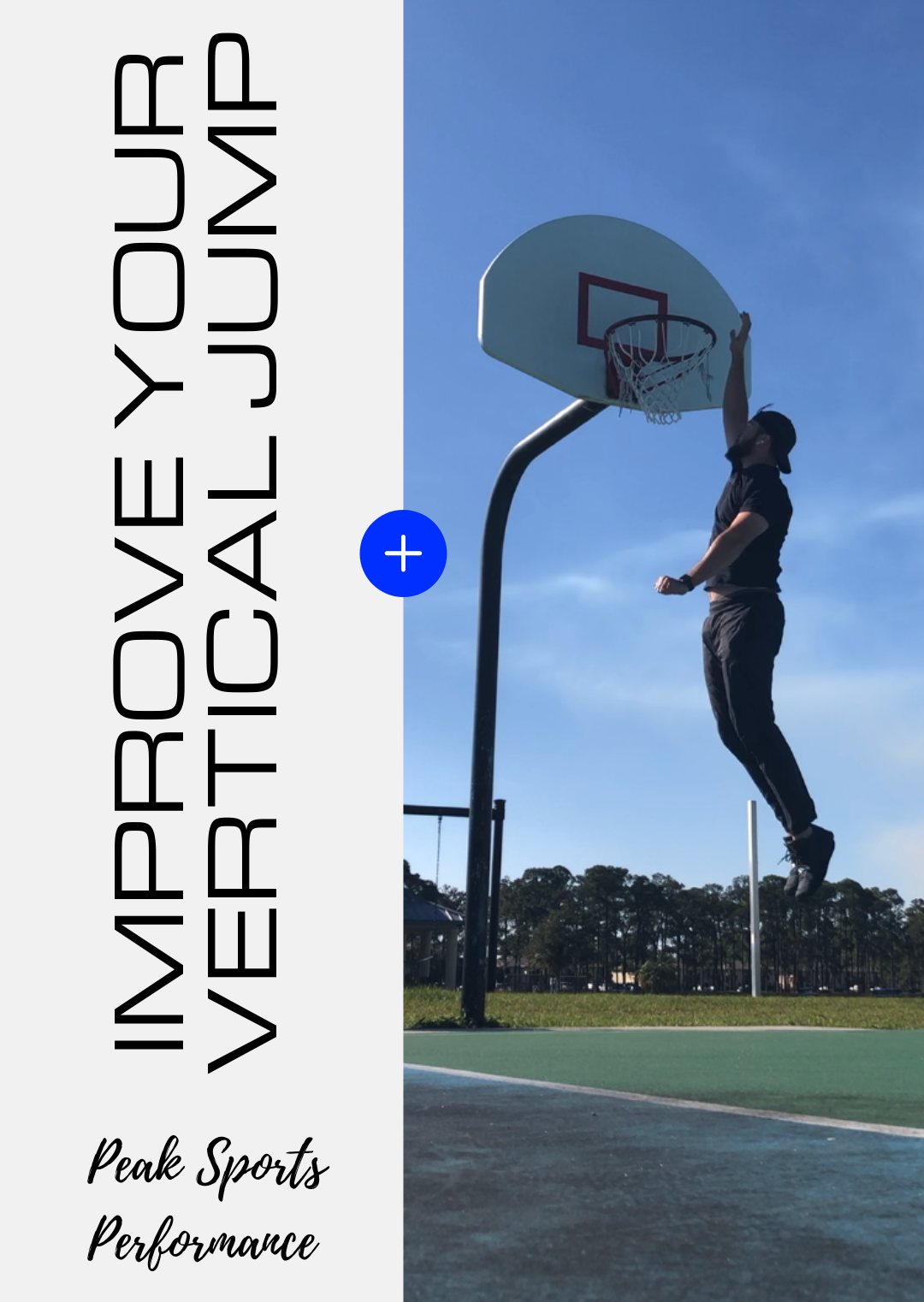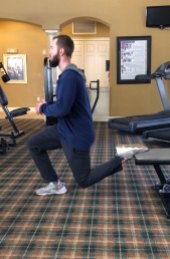Keep the goal the goal
The goal here is simple. I want to get you off the couch, get you back into fitness and get you feeling athletic again. So in order to do that, you have to be consistent and you have to be determined. My job in the initial stages with you or any other athlete I work with is to start you on the right path. Sure, you’ve probably worked out before. But this time I want to actually learn and understand the “why” and “how” so that you can continue your progress for as long as you want. That’s what this is about. No quick fix diet, no magic exercise.
When you first start out with this journey to being athletic again, I want you to understand that we need to make the correct assessments before we do anything else. You have to really know, not guess, where you are physically and mentally today. Acknowledging the fact that, mentally, you don’t know if you can commit to eating healthy long-term is a good thing. It’s great to know this in advance, because now we can build in short-term goals and milestones that will help you avoid pitfalls along the way. If you tell yourself “I will just get a gym membership and go right into back squatting 225 lbs. like I used to” you are putting yourself at higher risk to not reach your goal long-term. So, we need to correctly assess and then slowly progress.
Mentioning the back squat, it’s important to note that I think it’s an excellent exercise. In fact, it’s one of the best exercises out there because it can create strength, help lose body fat, and improve core strength all at the same time. There’s only a few exercises I can count on one hand that can provide that. But with all this said, is it right for most of you right now? Probably not. The right question is not if we should or shouldn’t, but how do we get from where we are now to being able to do a heavy back squats and receive those benefits.
It’s all about the planning
As a strength and conditioning coach, I have to constantly assess my athletes to know all kinds of information like the way that they move and what they are able to handle in each training session. Once I have this information, I choose which exercise fits best with the given info and then adjust accordingly. For example, a simple exercise progression should start with the most basic variation someone is capable of doing correctly and then get more complicated (with either loading or reps/sets) as you progress. Start out with a bodyweight movement and then assess yourself. If you are proficient at this and meet all the requirements, progress to the next step.
Different ways to progress any movement pattern
Once you become more comfortable with something like a bodyweight lunge, squat or pushup you can start to challenge yourself by adding weight or increasing the sets and reps. Changing foot position is also another way to increase the level of difficulty. Going from a bodyweight squat to more complex movements would include things like reverse lunges, split squats or even rear foot elevated squats. A pushup would be progressed by adding a weighted vest, elevating your feet, or widening your hand position. As mentioned before, you can always add more sets or reps to the movement as a means to increase too.
Here is a simple progression of the squat movement starting from body weight progressing all the way to full barbell back squats. Understand first where you fit along this spectrum and then follow the progression.
Below is an illustration of how to progress a squatting variation:
Bodyweight Squat
Goblet Squat
Split Squat
Rear foot elevated squat
Typically, most clients or athletes that have gone through the process and reached this point can begin to work into learning the back and front squat with a barbell. I prefer to teach this movement with box squatting first to build confidence and allow for more ways to cue the movement. After I see proficiency with the box squat and have continued to build strength and stability with the previously mentioned movements, I will add load to the bar and progress them on the barbell movements.
Box Squat

Back Squat/Front Squat
So, you see that this is a simple way to illustrate how important it is to start at the right point and slowly build movement patterns with milestones and checkpoints. Instead of jumping right into the most complex movement, you are setting yourself up for long-term success by mastering the basics. The squat is an excellent way to build the athletic qualities that we desire. Just because we can’t jump right into the most complex step doesn’t mean we can’t a) perform a squatting variation and make gains in strength and power and b) work to eventually back/front squatting under heavy weights.
Take home points:
- The squat pattern is an excellent way to build strength and power in the lower body as well as increase speed and jump height.
- Making a correct assessment before jumping into a workout program will help set you up for long-term success. Short-term, overnight improvements like rapid weight loss is not going to be what we want.
- There are proper progressions to follow for the squat, hinge, pressing and rowing patterns that will help us take a slow and steady approach to reaching our goals.
- Assess, evaluate, and make a plan. If you can’t do something now, make a plan to get there in a time frame.
If this article has helped you, like and share so that it can help someone else.
Follow @AthleticAgain for daily workouts and more information.


















One thought on “Correctly assess then slowly progress your movements”